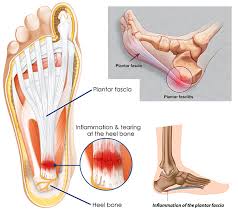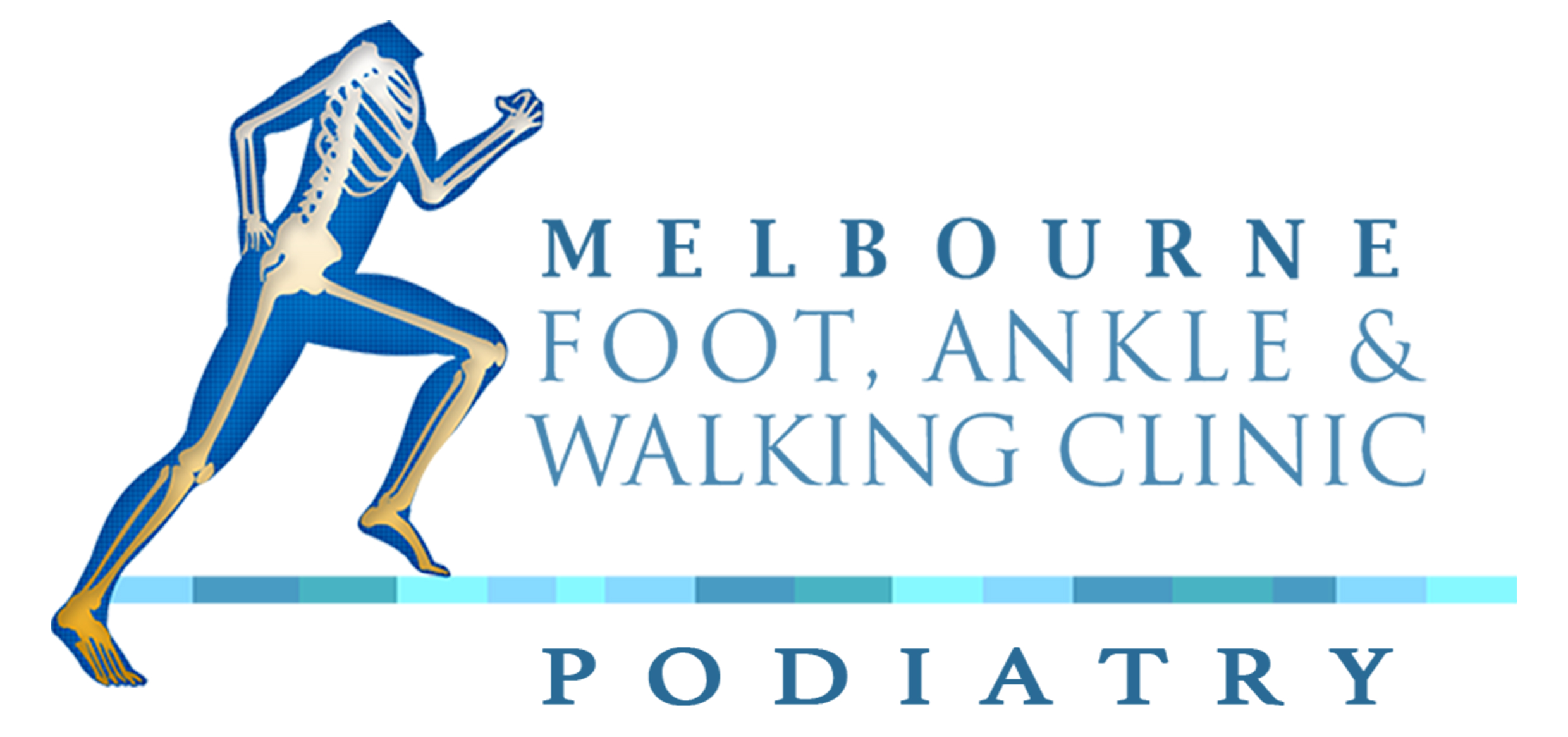Plantar Fasciitis
Plantar Fasciitis, a heel condition that is affecting a large ligament structure that runs through the arch of your foot and attaches to the base of your heel. Plantar fascia may become inflamed and thick caused by the irritation at the heel’s base. Pain is often worse in the morning and after prolonged sitting. The day to day strain on the inflamed fascia causes irritation which in turn prevents or slows down the healing. Therefore, in order to treat this condition, it is important to reduce the strain until it has healed.

What is the best treatment for Plantar Fasciitis?
Depending on the severity of the condition will depend on the treatment.
Rigid sports tape (Recent onset)
Orthotics (Ongoing pain on a daily basis)
Immobilisation (Extreme pain or torn fascia)
Shockwave therapy (Ongoing pain on a daily basis)
Plantar fasciitis Stages
Recent Onset
Patients feel a sort of pain in the heel’s base or may also feel some slight pull in plantar fascia that can be described as foot’s sole tightness. Another symptom in the earlier stages is the feeling like the patient is stepping on a stone.
Early treatment and intervention is best to prevent chronic heel pain.
Chronic
The symptoms are acute when the condition has fully developed. It is more of a pain instead of just a stiffness or pulling. The pain is consistent. Patients take longer to walk in the mornings due to the extreme pain. Once the pain subsides most patients find walking not painful at all the whole day. However, after a number of steps, fatigue on foot and heel pain can return later in the afternoon or sometimes evening.
Severe
If plantar fasciitis is left untreated it can become severe. Patients can feel pain majority on that day. Even sitting and laying down the pain can described as throbbing. Most patient who have severe plantar fasciitis stopped activities and struggle walking daily movements. Other patients with plantar fascia that is severe developed deeper surface or fascia laminar tears.
Who Suffers
Plantar fasciitis condition may affect both women and men. Most are over 30 years old, while most of the other patients over 60 years old.
Plantar Fasciitis Causes
There is no single cause of plantar fasciitis. Poor footwear, high arches, flat feet, increased physical activity, over stretching and body weight can all be contributing factors.
How to treat plantar fasciitis?
Firm sole shoes as they reduce flexion in the foot and hence reduces plantar fascia’s strain. Avoid lightweight, flat shoe types.
Stretching the calf muscle as this releases the heel.
Shockwave therapy, at weekly or fortnightly intervals.
Ice packs as they should be applied the affected heel/arch area for 20-30 minutes every evening. (At least once)
Try to avoid bare feet (even around the house), pulling the toes back, beach walking, heel raises or running.
Avoid activities that load the forefoot or put the foot into a flexed position (hill, stairs, squats, and ladders), quick movement sports such as tennis, squash, netball, Zumba.
Avoid yoga poses that stress or lengthen the sole of the foot (downward dog in particular)
DO NOT roll your foot on a bottle or ball, hang your feet off a step or stretch the sole of your foot.
Daily routine
Before you get out of bed each morning, gently curl your toes up towards your knees, to stretch the sole of your foot. Do not pull on the toes. Stand immediately onto your orthotics (if you are using them), or a pair of appropriate shoes, pause for a few seconds and then walk very slowly for your first few steps. Take short strides and do not walk on your toes, even if it hurts.
If you need Plantar Fasciitis treatment in Melbourne CBD and the surrounding areas, contact now!
